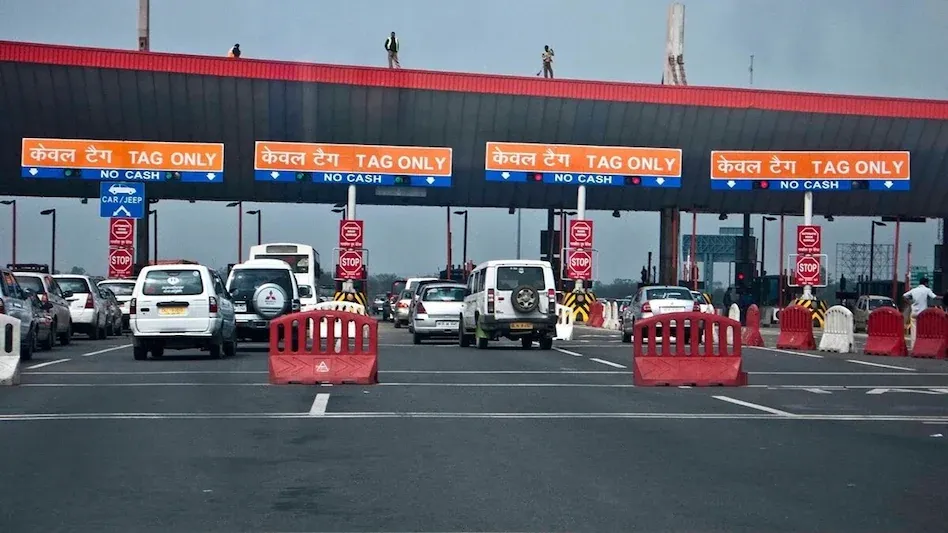In a landmark announcement by the Ministry of Road Transport and Highways, the government has introduced a new annual toll pass priced at ₹3,000 for 200 trips. This fixed-price model is aimed at reducing traffic congestion, especially at toll plazas, and improving the overall commuting experience on Indian highways.
Dr. Kamill Soy, Member of the National Road Safety Council, described this as a historic moment in India’s transportation landscape — a move that has no global precedent.
Congestion-Free Future
Citing a joint study by IIM Kolkata, I-CAT, and TCI, it was revealed that India loses nearly ₹70,000 crore annually due to traffic jams, especially near toll booths. This initiative is set to make toll plazas congestion-free by eliminating delays caused by long queues and manual toll payments.
The new model promises:
- No more waiting in lines
- Seamless FASTag-based movement
- Significant time and fuel savings
Breaking Down the Numbers
The pricing — ₹3,000 for 200 trips — averages out to ₹15 per toll.
Across India, toll charges vary between ₹150 to ₹300 depending on the highway. This flat ₹15 rate is a massive saving, particularly for daily commuters. Once the 200 trips are exhausted, users can simply recharge with another ₹3,000, making it flexible and predictable.
No Impact on Pay-as-You-Go Users
Concerns were raised about whether banks and FASTag issuers might force users into fixed plans, limiting the current pay-as-you-go flexibility. However, this model exists as an optional benefit. The pay-per-use method will continue for those who prefer it.
Commercial users are also likely to be included in this scheme soon, with updates expected by the end of the year.
How It Compares Globally
Electronic toll collection systems exist across Europe and Southeast Asia, but India’s plan is unique in its fixed pricing structure. Unlike variable toll rates abroad, this model ensures:
- One price across all toll plazas
- Simplified accounting
- Budget-friendly travel for frequent users
This approach removes the confusion of variable toll rates and allows commuters to plan more efficiently.
Who Gains the Most?
This reform is poised to benefit multiple sectors:
- Banks and Digital Wallets: Faster transactions, reduced disputes
- Mobility Platforms: Improved ETA accuracy and fuel efficiency
- Logistics & Transport Operators: Predictable costs, reduced delays
- General Public: Lower commuting costs and smoother road travel
In short, every stakeholder in the road ecosystem stands to gain from this nationwide rollout.
Launch Date
The scheme is scheduled to go live on August 15, marking a symbolic shift toward freedom from toll booth delays. With RFID and FASTag integration, the implementation is expected to be smooth and widely adopted.
This fixed-trip toll pass is not just a payment innovation — it’s a strategic intervention to transform India’s highway infrastructure usage. By introducing a uniform pricing model, the government is creating a more efficient, fair, and commuter-friendly experience.
Flat ₹15 per toll. Zero queues. National coverage. Predictable travel.
The initiative is already receiving strong public support and is being hailed as a visionary step by the Modi government — one that combines technology, user convenience, and economic savings at scale.


